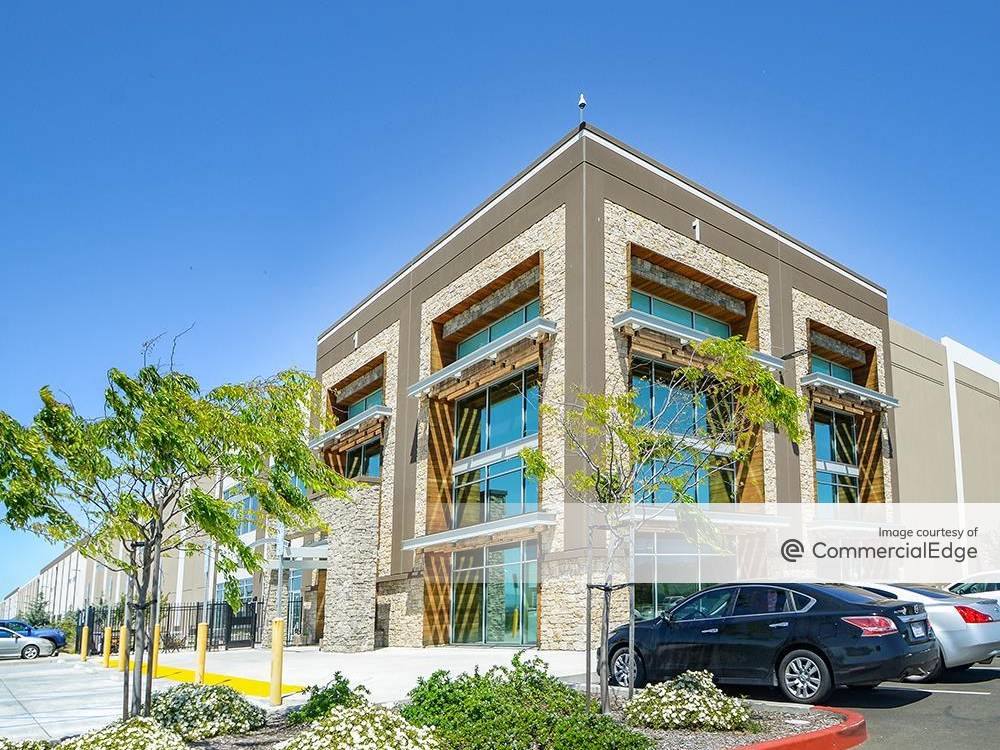Aging in Place: The Value of Senior Housing
By Flynann Janisse, Executive Director, Rainbow Housing Assistance Corp.: As an owner, investor or developer looking to get into senior housing, there are a number of factors to consider in order to achieve the greatest ROI for an asset.
By Flynann Janisse, executive director, Rainbow Housing Assistance Corporation
Change is never easy, but with access to a circle of support and the right services it can alleviate stress and provide encouragement. As baby boomers continue to age, senior housing will continue to be a valuable commercial real estate investment class with significant potential for a high return on investment (ROI), especially as a long-term investment for both ground-up developments and value-add renovations. But developing or owning senior housing facilities requires immense knowledge of housing, seniors’ needs and the health care industry alike. Integrating service providers with experience in senior housing can bring added value to these assets while providing tenants with access to services, which truly makes a difference in their lives. As an owner, investor or developer looking to get involved in senior housing, there are a number of considerations to take into account to achieve the greatest ROI for the asset.
There are a range of senior housing types. On one end of the senior housing spectrum, independent living communities are properties with units restricted to adults aged 55 years or older (in some cases, 62 years of age) with fewer medical problems. These communities may include central dining facilities that provide residents access to meals and specific services, including housekeeping, transportation and social activities. Assisted living communities provide dining and other special services, in addition to supportive care for residents who require assistance with daily living activities. Variations may focus on memory care or provide around-the-clock skilled nursing care. Continuing care retirement communities are the best of both worlds : a housing option which brings independent living, assisted living and skilled nursing services together in one property, meeting a range of needs and allowing seniors to “age in place.”
Senior housing communities have many similarities to traditional multifamily properties. Just as the preservation of senior housing is critical, the preservation of quality, affordable senior housing is crucial. The Low Income Housing Tax Credit Program (LIHTC) is a key program providing funds to senior housing properties. Recently, HUD announced a $15 million program to select owners of HUD-assisted senior housing to help low-income seniors delay or avoid the need for a nursing facility. HUD’s program will cover costs related to connecting the elderly with the supportive services they need to maintain independent living.
Additionally, much like other multifamily communities, identifying development partners with proven expertise in the asset type can maximize future ROI. This includes identifying property management, onsite staff and the right service providers, who understand the needs of senior residents. Services provide a value-add to residents, and are often encouraged by state-qualified allocation plans, such as the Missouri Housing Development Commission, for tax credits.
Services are implemented to engage residents and improve quality of life. Within senior housing, services typically focus on health and nutrition, money management, including how to budget on a fixed income, transportation and volunteerism to help break down potential isolation barriers. Service providers may also act as a liaison between the resident and the nurse or case manager to ensure the patient is always connected to the services they need. By creating a sense of value in the community, service-enriched housing programs subsequently bring stability to the tenant base, ultimately improving the bottom line and the resulting ROI of the asset. For example, data derived from financial statements from seven properties Rainbow Housing has been involved with show that within two years of resident service implementation, assets showed decreased vacancy costs of 7 percent, bad debt reduced by 34 percent and turnover costs cut by 21 percent.
Through extensive knowledge of seniors’ needs, an experienced project team and the right services, senior housing can be a successful and profitable long-term investment.








You must be logged in to post a comment.